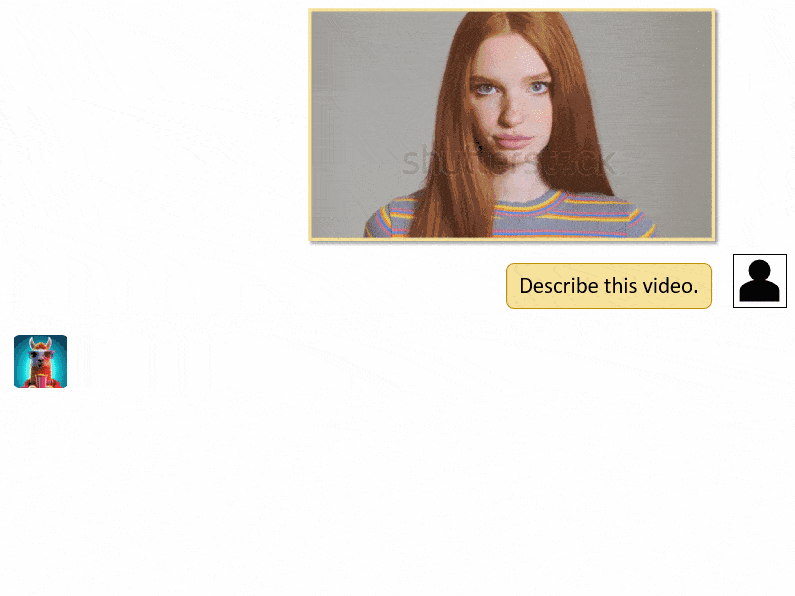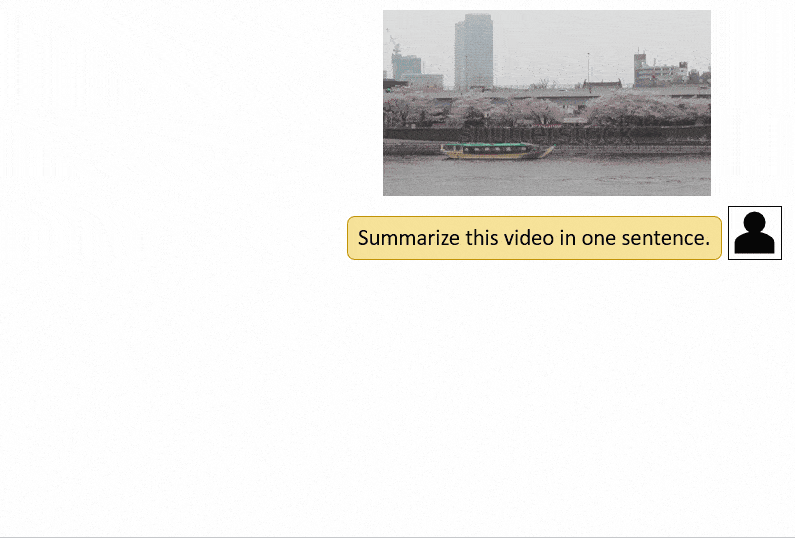Introducing Video-LLaMA: An Advanced Model for Interpreting Videos Through Audio-Visual Language.
In Brief
Video-LLaMA represents an innovative leap in technology, merging the robust capabilities of BLIP-2 and MiniGPT-4 to analyze and understand videos effectively.
Video-LLaMA This model enhances our grasp of video content through advanced language analysis. Its full name—Video-Instruction-tuned Audio-Visual Language Model—reflects its foundation on the powerful BLIP-2 and MiniGPT-4 frameworks.

Video-LLaMA comprises two key segments: the Vision-Language (VL) Branch and the Audio-Language (AL) Branch. Together, they collaborate seamlessly to interpret videos by evaluating both visual and auditory aspects.
The VL Branch employs the ViT-G/14 visual encoder along with the specialized BLIP-2 Q-Former transformer. It utilizes a two-layer video Q-Former and a frame embedding layer to generate video representations. It is trained on the extensive Webvid-2M dataset, honing its ability to produce textual descriptions for videos. Furthermore, image-text pairs from the LLaVA dataset are incorporated during initial training, enhancing the model's comprehension of visual elements.
To fine-tune the VL Branch further, we use instruction-tuning data sourced from MiniGPT-4. LLaVA , and VideoChat This fine-tuning process allows Video-LLaMA to refine and adjust its video comprehension skills based on particular instructions and contextual information.

Now, turning our attention to the AL Branch, it makes use of the powerful audio encoder known as ImageBind-Huge. This section involves a two-layer audio Q-Former and a segment embedding layer to develop audio representations. Since the ImageBind encoder is already optimized across multiple data types, the AL Branch zeroes in on video and image instruction data, merging the outputs from ImageBind with its language decoder.

During the cross-modal training of Video-LLaMA, it's crucial to highlight that only specific components like the Video/Audio Q-Former, positional embedding layers, and linear layers can be trained. This targeted training helps the model to cohesively integrate visual, auditory, and textual information while preserving the necessary structure and alignment across different modalities.
Utilizing cutting-edge language processing methods, Video-LLaMA unlocks new potential for precise and extensive video analysis, paving the path for applications like video summarization, captioning, and sophisticated question-answering systems. We anticipate exciting developments in sectors such as video recommendations, surveillance, and content oversight. Video-LLaMA lays a sturdy foundation for leveraging audio-visual language models in crafting intelligent and intuitive systems. understanding of videos in our digital world.
Read more about AI:
vi
vi Search Please be advised that the information on this page should not be taken as legal, tax, investment, or financial advice. It's crucial to only invest what you can afford to lose and to seek guidance from independent financial experts if needed. For more information, we recommend checking the issuer or advertiser's terms, along with their help and support resources. MetaversePost strives for accuracy and impartiality in reporting, but be aware that market dynamics can shift unexpectedly.


